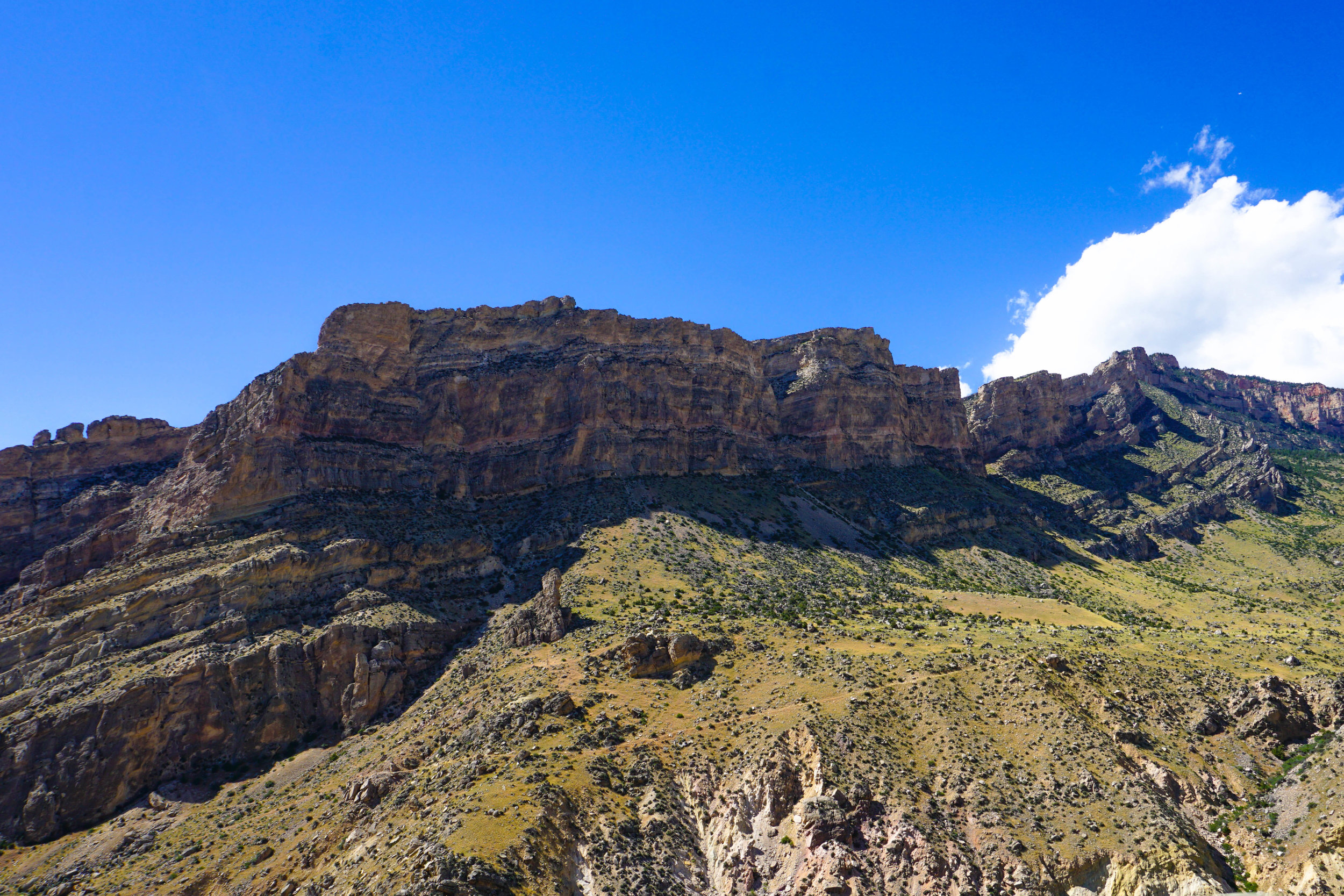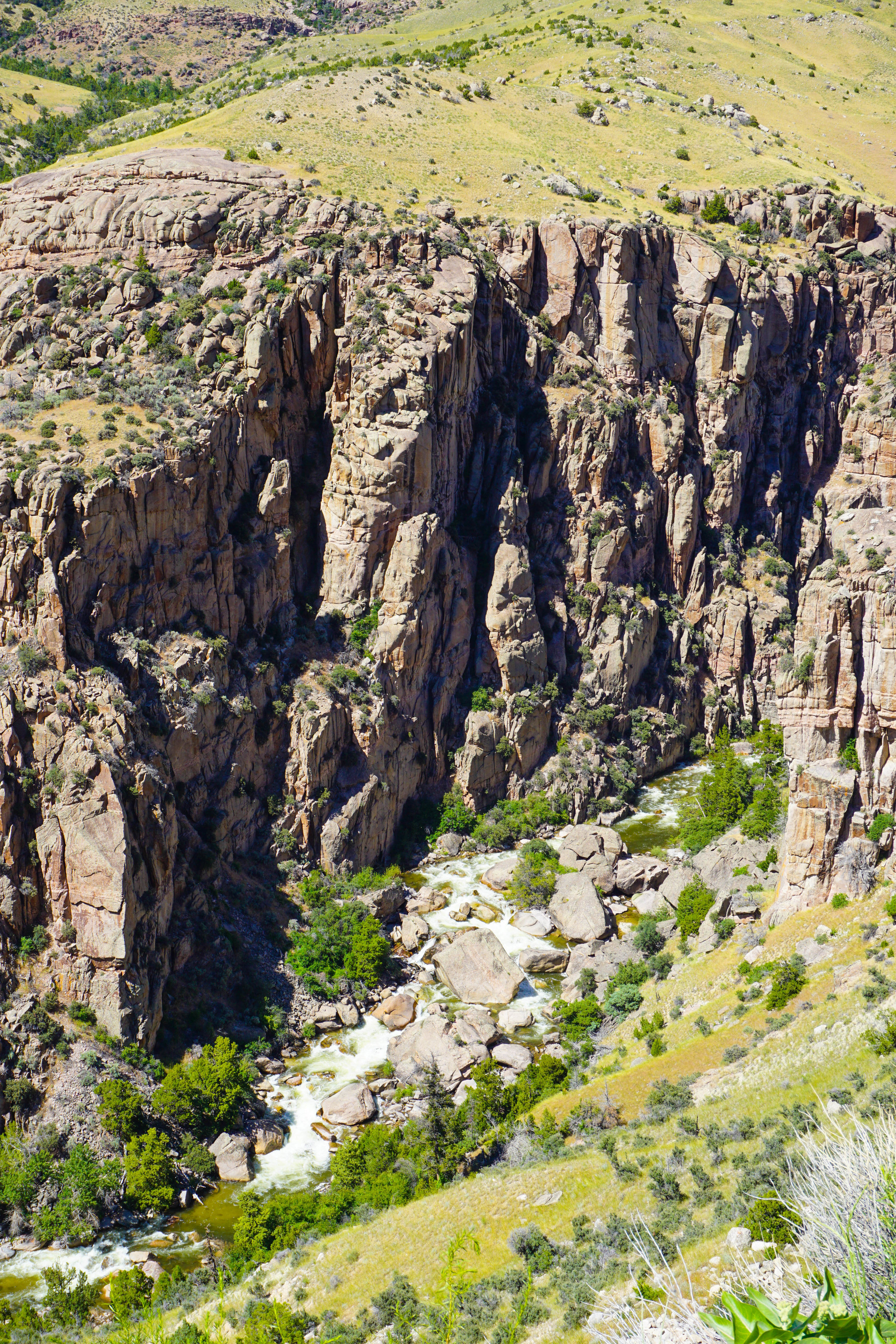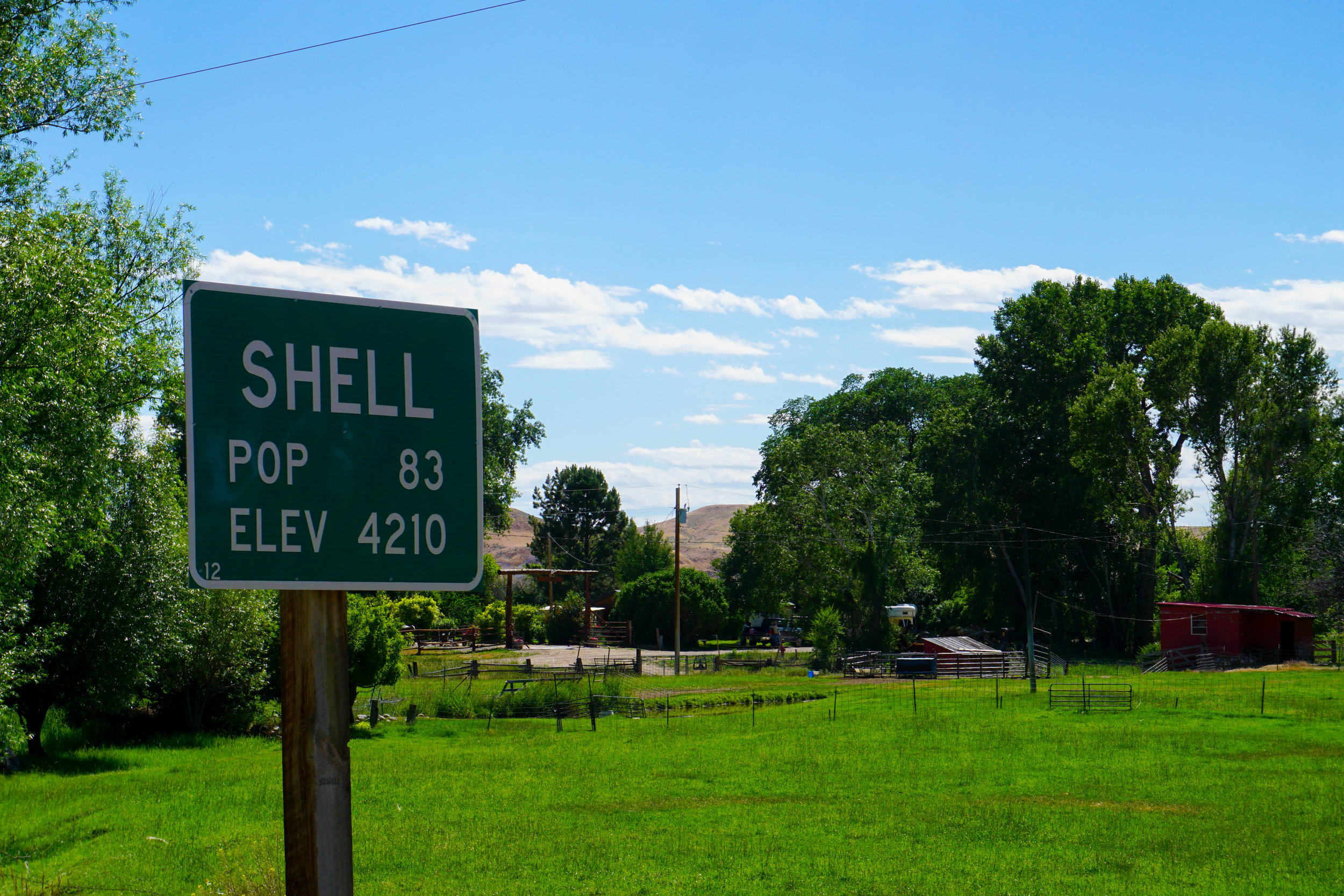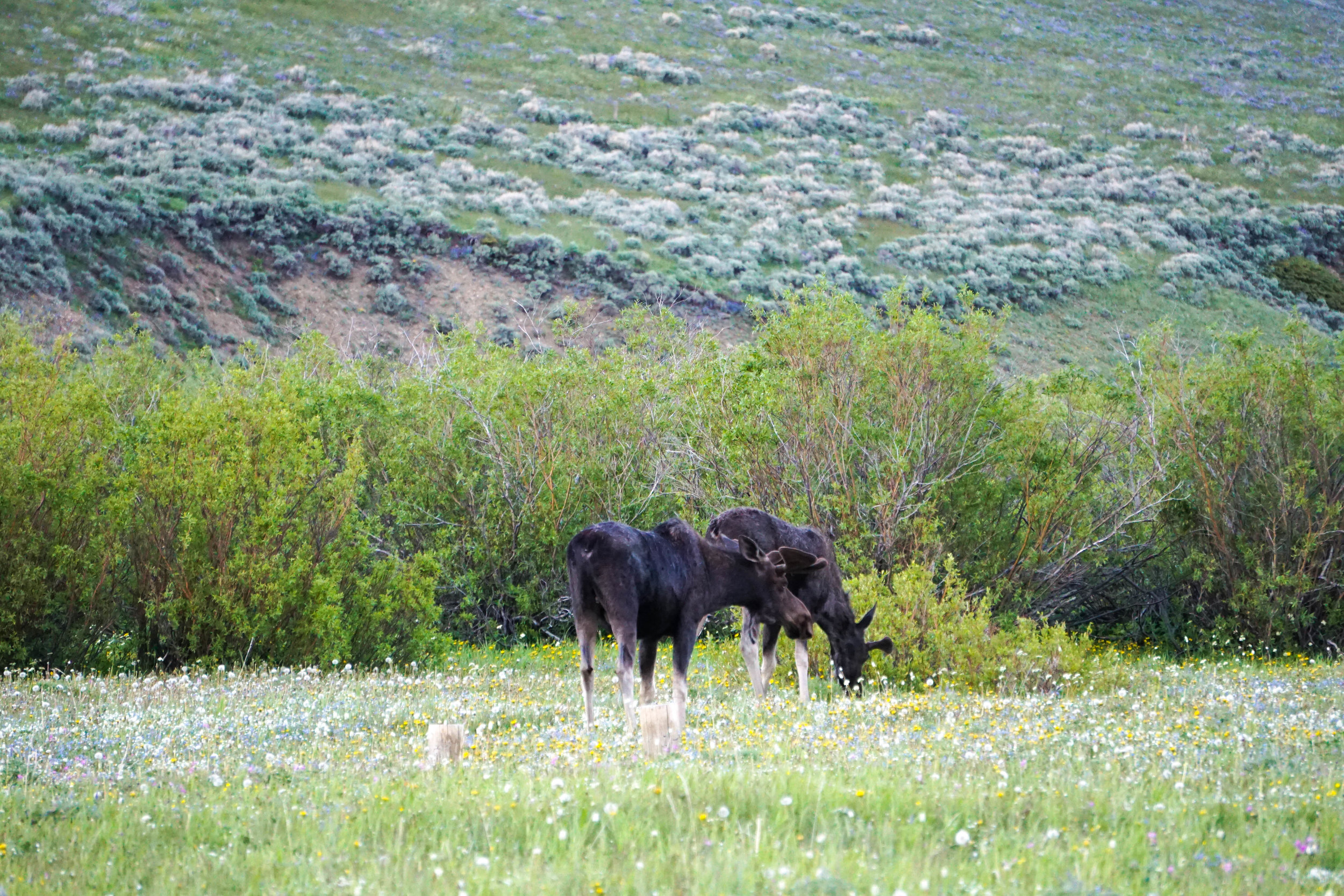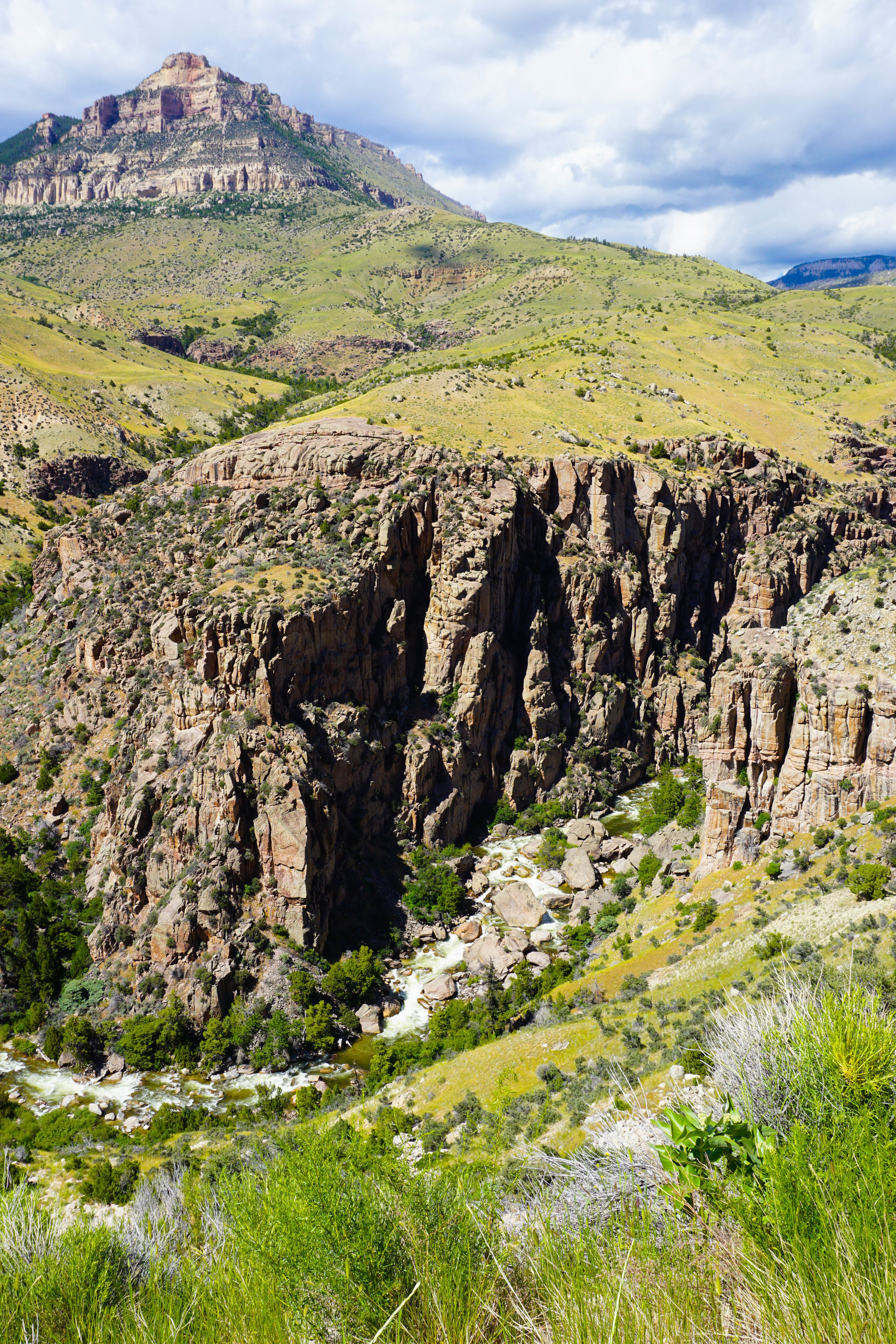Granite Pass, Wyoming: A Nature Lover's Paradise
Wyoming has always been a state that is known for its abundance of wildlife. Every summer, millions of visitors travel to Yellowstone and Grand Teton National Parks, in large part to view the vast array of wildlife that call Northwest Wyoming home. While the parks are undoubtedly rich with wildlife and scenery, our go-to location for incredible wildlife viewing, great cutthroat trout fishing, and stunning scenery lies about 150 miles to the east, along Granite Pass in the Bighorn Mountains.
If you've read our blog before, you know that we love the Bighorns. Our earlier post about the area dealt with the foothill country of the western slope of the mountains, but as spring turns to summer and the snow melts off of the high country, the alpine meadows come alive with big game. Lots of big game. In fact, Highways 14 (from Greybull) and 14 A (from Lovell) are the best roadways that we have ever been on when it comes to wildlife viewing, including any roadway through Yellowstone or Grand Teton. Beginning in mid-to late-June, a morning or evening drive up 5,000 feet to the top of Granite Pass (elevation: 9,033 feet) will result in fields full of deer, elk, and moose; oftentimes feeding together. Here are a few photos of our latest trip to the top of the Bighorns over Granite Pass. These photos were taken during the course of one evening and one morning drive over Granite in late June.
In addition to the outstanding wildlife viewing, the drive from Greybull up to the top of the Bighorns is loaded with breath-taking scenery and steep, windy roads. The scenic action begins shortly after leaving the small town of Shell, and continues as the landscape changes from river bottom farmland to steep, rugged foothills and eventually, after a steep, long climb, to the high alpine plateau that runs from Granite Pass to Burgess Junction, where 14 and 14 A meet.
Cow and calf elk herd. In 2 drives up to Granite Pass, we saw over 300 head of elk
Shell Falls: a waterfall in the Bighorn National Forest on Shell Creek, about halfway down Shell Canyon, and a few miles upstream from the town of Shell. Photo: Dan Dangler
Highway 14 approximately 2 miles before Shell Falls
Settin' up!
Fish on!
Katie throwing streamers
Highway 14 and 14 A are steep, beautiful mountain highways that provide the best wildlife viewing experiences that we have ever had. They also meet up at Burgess Junction, near the North Fork of the Tongue River. For the past decade, we have spent many nights fishing the Tongue River's excellent Cutthroat and Brooke Trout populations.
On our last trip, we were fortunate enough to experience 2 nights of fishing, and catch a benefit dance for the Peaks to Conga bike race at the Shell Hall after a day on the river. Although we have no confirmed photos, we dance almost as hard as we fish! Here are a few pics of Katie slaying some native Cutthroat trout on the North Fork of the Tongue River, and the local dance that we attended afterwords. Man, Shell is sure fun!
Wylie and the Wild West rockin' out
Fritz, the "social director" at Shell Campground
Convenience store in the Shell Campground. Full-service kitchen available at Convenience store, as well as variety of snacks, homemade frozen meals, and beer -- both bottled or on draught
Top 5 Recommendations for the Granite Pass Trip
1. Check out the wildlife
The best wildlife viewing is going to occur from 6:00-8:00 AM or from 6:00-9:00 PM. Make the drive in the morning or in the evening- it is worth it!
2. Shell Campground
If you are going through Shell, stop in at the Shell Campground on the West side of Highway 14. Under new ownership, the Campground features great places for tents, RVs, as well as a number of cabin sites. The Campground also has a great on-site convenience store where you can purchase snacks, homemade frozen meals (made by the owner, Emily), basic camping groceries, ice cream, and beer (even on draught!)
3. Bear Lodge at Burgess Junction
Whether you drive up Highway 14 or 14A, stop in at Bear Lodge at Burgess Junction. The bar has a unique layout, affordable drinks, pool tables, and is a great watering hole after a night fishing or wildlife spotting.
4. Fish on the North Fork of the Tongue
If you are going to fish the North Fork of the Tongue, your best access points will be on Highway 14A as you head west from Burgess Junction. Take one of the several pull-outs down toward the river, and enjoy some of the most scenic fishing that the West has to offer. Just a heads-up: you will encounter moose. Keep a safe distance. Fly recommendations: Dryflies and Streamers. Our best luck has been with green, yellow, or brown Woolly Buggers. We have also had luck with hopper-dropper patterns, stimulators, and caddis set-ups. Nymphing is also effective.
5. Go for a drive and keep your eyes peeled!
If you see vehicles pulled over on the side of the road- slow down and get ready to spot some incredible wildlife!
At the Shell Campground with Owners Kevin and Emily Clark
Where were we?
